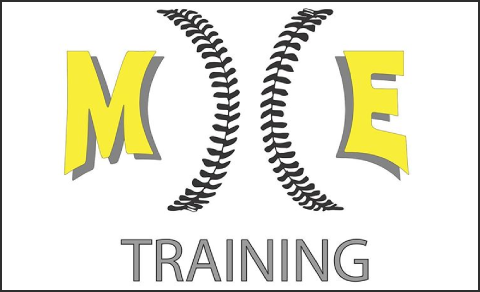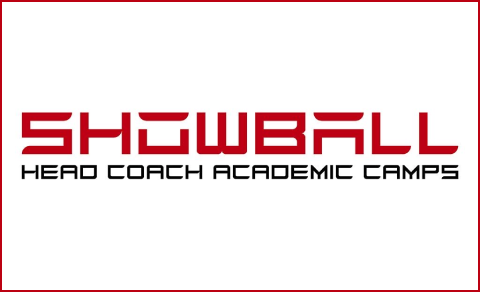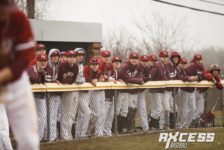It’s hard enough to play Division-I baseball but doing so while dealing with the workload of Princeton University is no small task.
But not only was Garden City native Ryan Smith able to complete that difficult four-year journey, he came out on the other side with not only a degree but a contract to pitch in Major League Baseball with the Los Angeles Angels. The southpaw is blessed with an arm that generates fastballs in the mid-90s, and he has worked his way through the organizational rung all the way to Triple-A.
Smith pitched in the grueling Pacific Coast League this season as a 24-year-old. Overall, he compiled a record of 7-7 with a 4.24 ERA over 129.1 IP. He was able to strike out 153 batters and compile a WHIP of 1.15. He will enter 2022 with an outside shot to get the call to the big leagues.
In terms of what makes him successful, I will defer to someone who knows him best – Tyler Levine of The Arm Academy
“I have been fortunate enough to watch Ryan throw on a daily basis at The Arm Academy and participate in the collaboration of off-season programming, pitch sequencing and discuss other elements of the game with him. I can confidently say he has the most live arm I have ever seen and features a violent delivery that brings discomfort to every hitter. His ability to sustain his high intensity output is simply impressive. He brings an optimal level of mechanical awareness to every throwing session which in my opinion will be a key factor as to why he will have such great success in the future. Additionally, his ability to process, analyze, and evaluate information (data), whether that pertains to a hitter or a specific pitch, is remarkable. He is the standard for efficiency.
Another component of the success he has had, especially during the 2021 season can be attributed to his Slider. Smith averages 11 inches of Horizontal Break on his Slider. That is roughly 5 more inches of Horizontal Movement than the Big League average. He also generates 19 inches of Horizontal Movement differential between his Slider and Fastball. This tandem will likely contribute to an even greater K% during the 2022 season. We are all excited to watch him perform and bring his edge to the Angels Organization come this season.”
I caught up with him last week while working out at East Coast S & P in Farmingdale as he was preparing for the upcoming season and here’s what he had to say…
Can you explain your experience with the college recruiting process and how you chose Princeton? Also, once you chose Princeton, can you talk a little about the challenges of managing your workload between school and baseball at such a prestigious university?
I was a bit of a late bloomer size and velocity-wise in high school, so the majority of my recruiting process took place at the end of my junior year and the summer that followed. Most of the attention I got was from smaller division one schools in the northeast/along the east coast. I knew early on in high school that I wanted to pursue a high-academic school, so I narrowed most of my focus down to the Ivy League once the offers started coming in. Princeton was a perfect fit for me, from a location not too far from home, world-class academics, an opportunity to play division 1 baseball, an amazing campus, a great coaching staff, and a team atmosphere that really stood out.
Learning to manage my workload as a student-athlete at Princeton was definitely an adjustment. I definitely learned a lot about time management and discipline during my first semester, managing some tough classes with a college lift/practice schedule made my routine a lot different than it was during high school. I loved the challenge of harder classes and more competitive baseball, but there was definitely a learning curve. I honestly adjusted more quickly in the classroom. I was able to adjust my study/work habits to find success in my classes, but I had work to do in the weight room and on the field in order to get as strong as my competition on the field and to slow the game down. I threw less than 5 innings my freshman year, which was a big wake up call for me, but I think it ended up being extremely important for my development. I learned from a great group of seniors and got to see what it took to have success at the collegiate level. I knew I had to make significant improvements headed into my sophomore year if I wanted to play a bigger role on the pitching staff.

When did it start to feel real that you might have a future as a professional baseball player?
Once I started seeing my first 90s on the radar gun my sophomore year I thought I may have a shot. After a successful year at school and the following summer in the NECBL, my confidence grew. Once I saw my velocity climb into the low-mid 90s my junior year, I knew I’d be in a good position to get a shot if I stayed healthy and threw strikes.
Who are some people that have had a positive impact on your career?
How difficult was the shutdown of 2020 in terms of not only staying in shape but staying positive?
We hear a lot about the Pacific Coast League and how difficult it is to pitch there, could you describe what it is that makes it such a pitcher’s nightmare?
I have heard all the stories about how tough it is to pitch in the PCL, but I didn’t truly understand until seeing it every night. Not only does the ball fly leading to some home runs that feel like jam shots or fly balls off the end of the bat, but in trying to account for the altitude, the fields are relatively big, leading to huge gaps and tons of open space in the outfield for more opportunities for doubles and triples. It was definitely an adjustment getting used to how breaking balls move differently in the altitude as well.
What are your goals for the off-season?
My main goal for this offseason is to go into spring training and this season as someone who can pitch in the big leagues this year. In terms of more tangible developmental goals, I started throwing a cutter about halfway through last season, and I had success with it, but I think it can definitely be improved with some offseason pitch design work. I also want to continue to make progress with my changeup and curveball, as well as maintain feel for and develop my two most used pitches, my fastball and slider. Other than that, I just want to continue to work in the weight room to get myself into my best shape possible heading into spring training.
Who were some players in Major League Baseball you tried to emulate when you were younger?
Growing up as a LHP and a Mets fan in the 2000s, I really enjoyed watching Johan Santana and Billy Wagner. I liked Wagner as a power arm as an undersized lefty, and Santana as a starter who could pitch deep into games with a great pitch arsenal highlighted by his patented changeup.
Was baseball always your favorite sport growing up?
Yes, I played basketball and a little soccer as well, but baseball was always my favorite by far.
What would you be doing if not playing professional baseball?
Not sure exactly, but likely working in finance, venture capital or data science.
Favorite musical artist?
Two Friends
Favorite meal?
Steak and mashed potatoes
Favorite vacation spot?
Boston













